Is anyone here expert at cookie dough quirks?
jally
2 years ago
last modified: 2 years ago
Featured Answer
Sort by:Oldest
Comments (23)
Related Professionals
Kyle Landscape Architects & Landscape Designers · Manorville Landscape Architects & Landscape Designers · Owings Mills Landscape Architects & Landscape Designers · Allentown Landscape Contractors · Hicksville Landscape Contractors · Middle River Landscape Contractors · Saint John Landscape Contractors · Woodburn Landscape Contractors · Kingsburg Landscape Contractors · Chino Hills Solar Energy Systems · Artesia General Contractors · Cumberland General Contractors · Lighthouse Point General Contractors · Newburgh General Contractors · New Mexico Landscape Architects & Landscape Designersbbstx
2 years agojally
2 years agolast modified: 2 years agocarolb_w_fl_coastal_9b
2 years agobbstx
2 years agoplllog
2 years agolast modified: 2 years agoNancy 6b
2 years agojally
2 years agolast modified: 2 years agoplllog
2 years agocolleenoz
2 years agojally
2 years agolast modified: 2 years agoplllog
2 years agolast modified: 2 years agochloebud
2 years agojally
2 years agolast modified: 2 years agoplllog
2 years agolast modified: 2 years agojally
2 years ago
Related Stories

MOST POPULARIs Open-Plan Living a Fad, or Here to Stay?
Architects, designers and Houzzers around the world have their say on this trend and predict how our homes might evolve
Full Story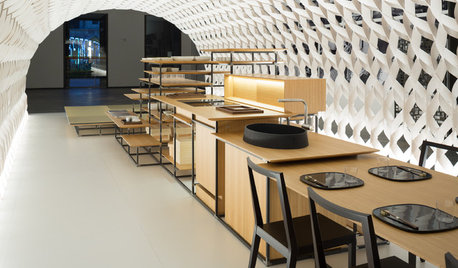
HOMES AROUND THE WORLDThe Kitchen of Tomorrow Is Already Here
A new Houzz survey reveals global kitchen trends with staying power
Full Story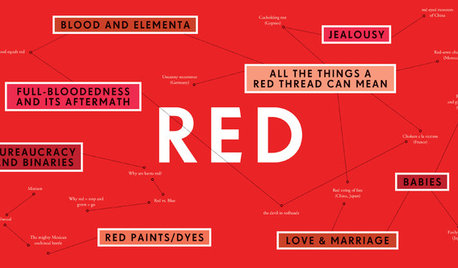
COLORWhy My Son’s Room Will Be Red: An Expert Weighs In on Colors for Baby
Historical facts, trend recaps and enthusiastic support for painting your nursery any darn color you like
Full Story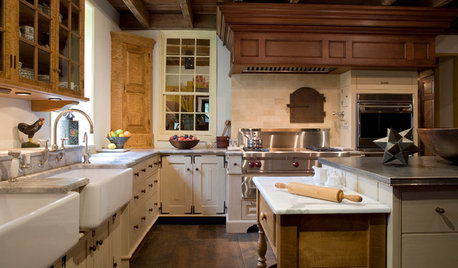
KITCHEN DESIGNHow to Create a Dedicated Baking Station
Avid bakers love having a designated kitchen space. Here’s what to consider when planning yours
Full Story
DESIGN POPA Porthole Into Houseboats as ‘Sleepless in Seattle’ Turns 25
Fans fell in love with the movie and the lifestyle. Here’s a look at the challenges and charms of a floating home
Full Story
HOUSEKEEPINGHow to Clean Marble Countertops and Tile
Acidic solutions can damage your marble surfaces. Here’s how to keep marble looking clean and amazing
Full Story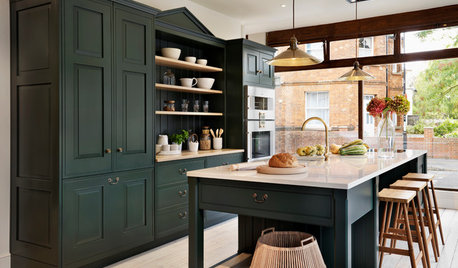
SELLING YOUR HOUSEKitchen Ideas: 8 Ways to Prep for Resale
Some key updates to your kitchen will help you sell your house. Here’s what you need to know
Full Story
KITCHEN SINKSThe Case for 2 Kitchen Sinks
Here’s why you may want to have a prep and a cleanup sink — and the surprising reality about which is more important
Full Story
THE HARDWORKING HOMECES 2015: Inching Toward a Smarter Home
Companies are betting big on connected devices in 2015. Here’s a look at what’s to come
Full Story
GREAT HOME PROJECTSWhat to Know About Adding a Reclaimed-Wood Wall
Here’s advice on where to put it, how to find and select wood, what it might cost and how to get it done
Full StoryMore Discussions







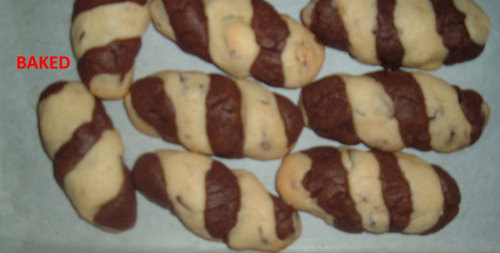
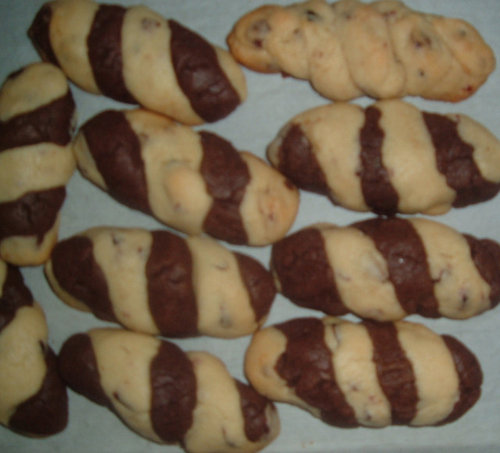
colleenoz